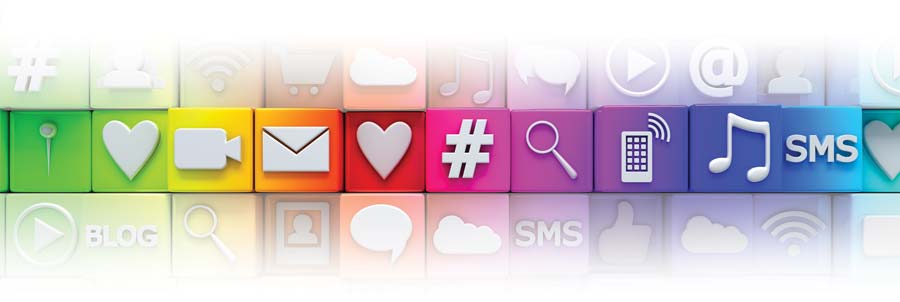



Now that we are well into the 21st century and enjoying many technological advances (particularly with communication options), branding experts are finding it increasingly difficult to know which channels to use. This is a problem particularly for the edible oils and fats industry, a business in which, relative to many other consumable products, the branding budget is rather small.
Even a partial list of current options is quite long and includes newspapers, television, radio, product placement in movies, celebrity endorsements, Twitter, Facebook, YouTube and blogs or vlog (with video content). But with such a focus on modern technology and its relative merits, it is easy to forget that older methods are alive and well, and working just fine.
This latter point was brought home to me a few years ago when I bought a new car. Did that sale get initiated because of Internet marketing? No. It happened because I was walking through a shopping mall and a young guy thrust a flyer into my hand, as he had done with a couple of hundred people in the preceding hour.
There was nothing high tech and no digital photos, just basic black and white body text, and it was cheaply photocopied at that. But it did the job. It got me thinking: “Hmm, I’ll take a look.” The numbers on the flyer were sufficiently good and the promotional discounts were big enough to get me to walk to a showroom 10 minutes away, and buy a car. But I couldn’t help wondering how something so ‘old-school’ worked so well. The branding and marketing were the same as what happened, say, two centuries ago.
 You don’t hear the world ‘pluralistic’ very much these days, and certainly not when it comes to marketing. This is a pity, as it refers to one of the biggest things we need to bear in mind when selling any product or idea. Pluralism, when it comes to branding, is about how many different (and in some cases, very different) channels there are for making your presence known.
You don’t hear the world ‘pluralistic’ very much these days, and certainly not when it comes to marketing. This is a pity, as it refers to one of the biggest things we need to bear in mind when selling any product or idea. Pluralism, when it comes to branding, is about how many different (and in some cases, very different) channels there are for making your presence known.
A few millennia ago, branding was totally about word of mouth: either you got known by meeting someone in person and talking to them (say at a market stall), or you talked to someone in person and they recommended someone.
All that changed in the mid-1400s when Johannes Gutenberg gave us the printing press and mass printing. Then came the practice of leafleting; not long after that, newspapers came along too. As the 19th century moved into the 20th century, additional channels came along in the form of radio and television. But here’s the point: channels kept on being added (or if you prefer, no channel disappeared).
The printed leaflet didn’t mean word of mouth ceased operation. Equally the widespread adoption of TV didn’t mean that radio stopped. In the ‘Internet generation’, we simultaneously aren’t! In the middle of technologies like Facebook and Twitter, we are still handing out leaflets and chatting over a cup of coffee just like we always have.